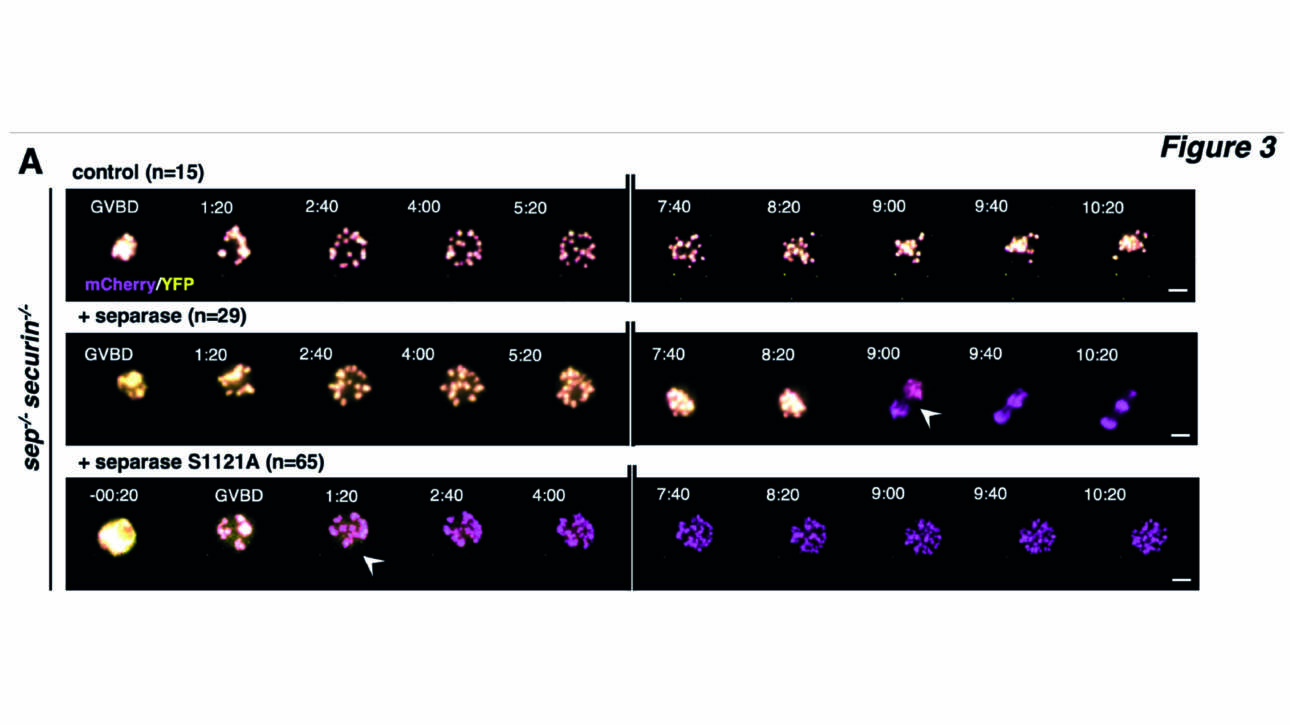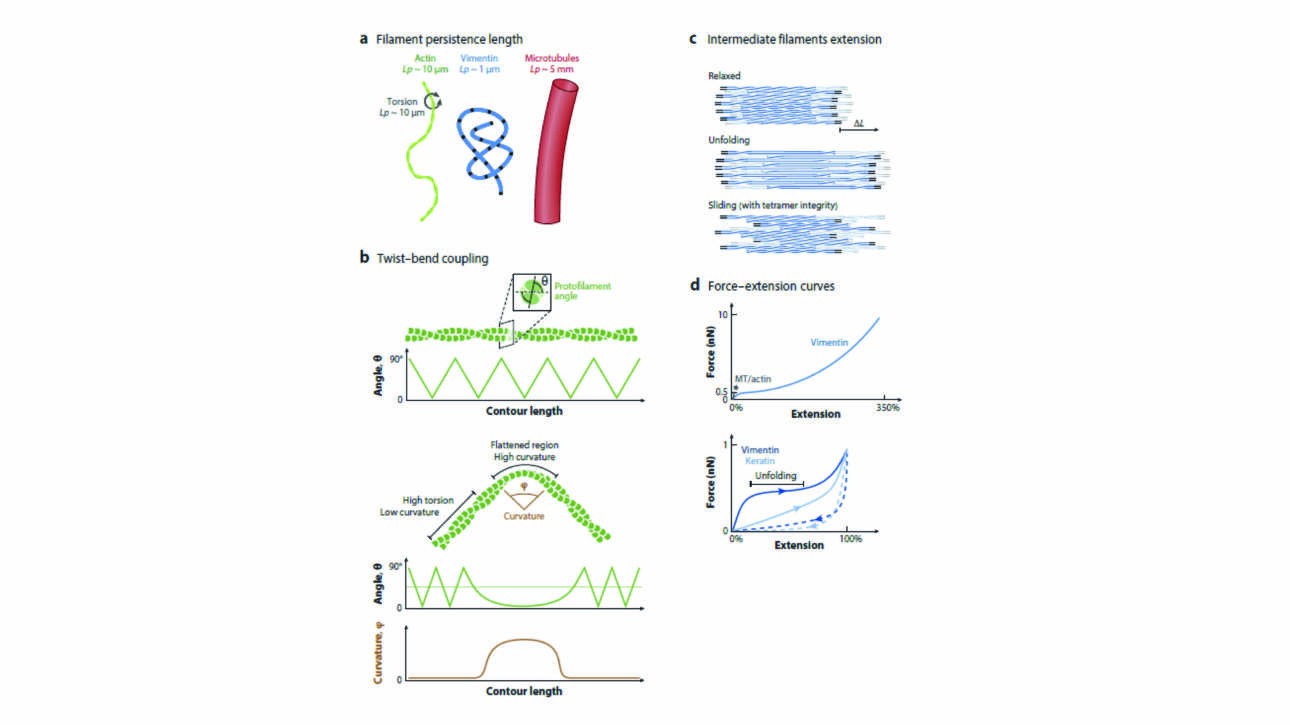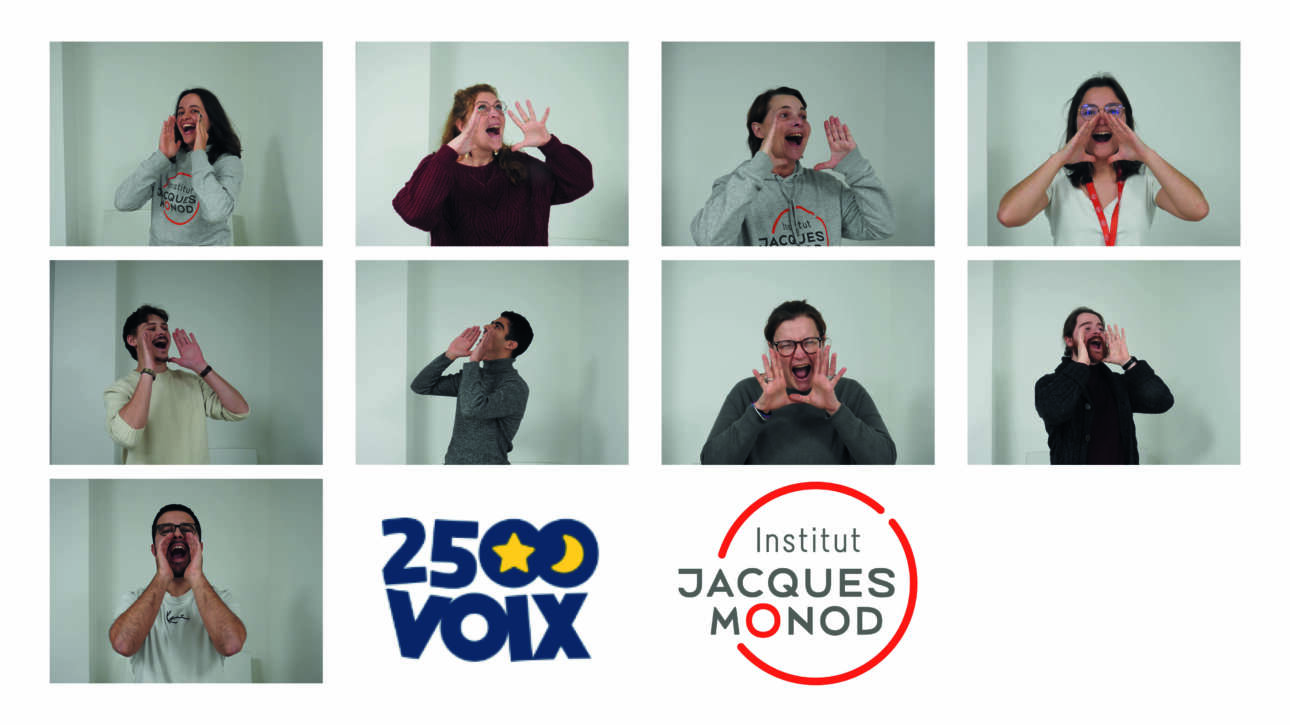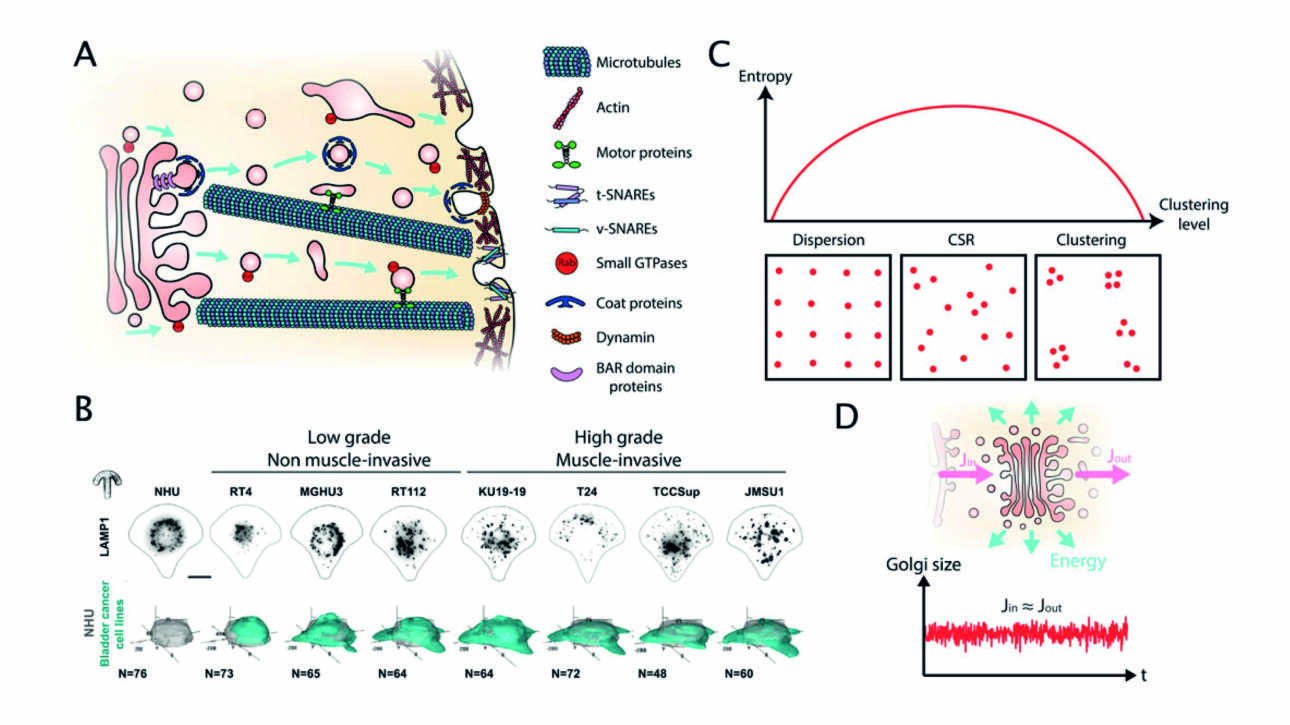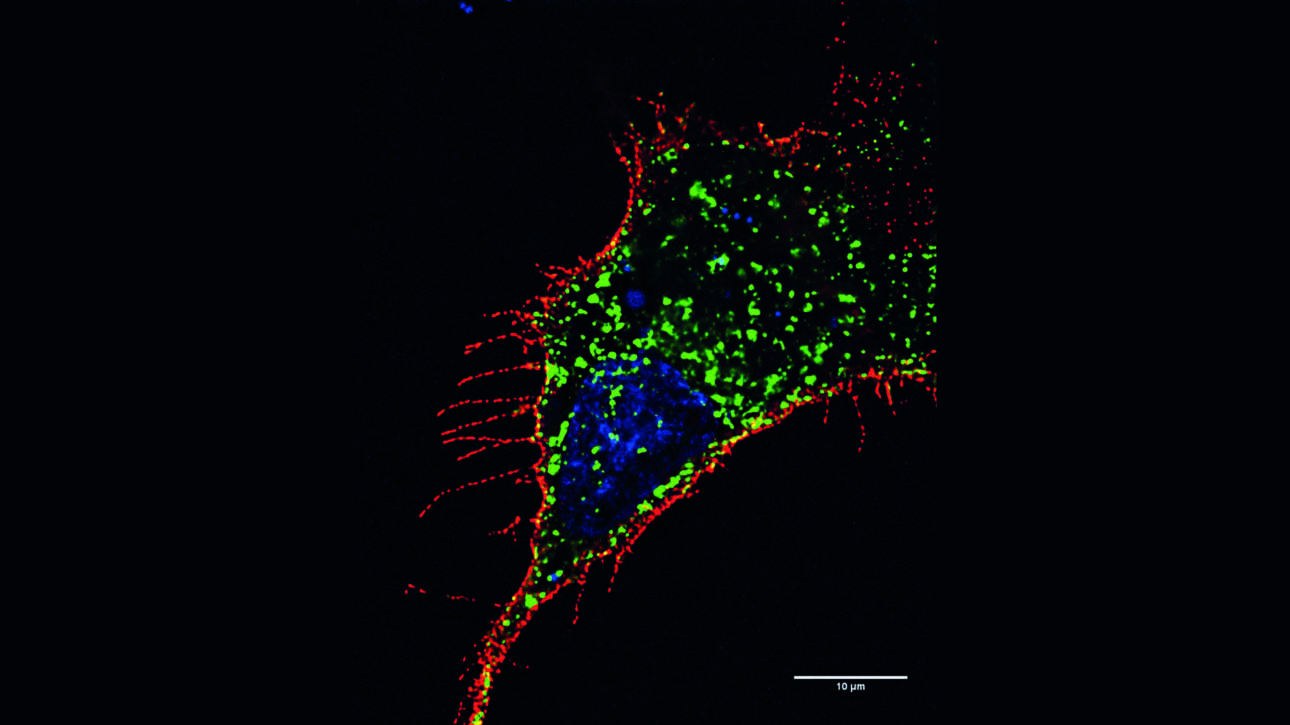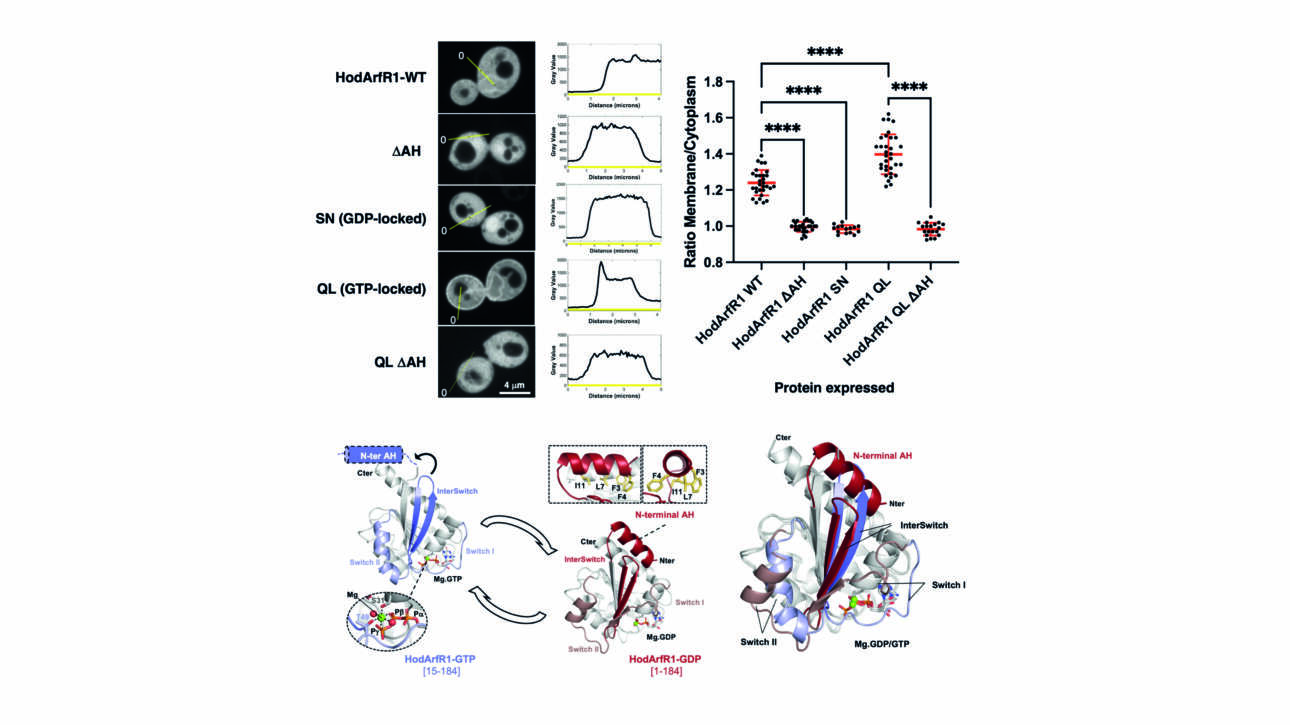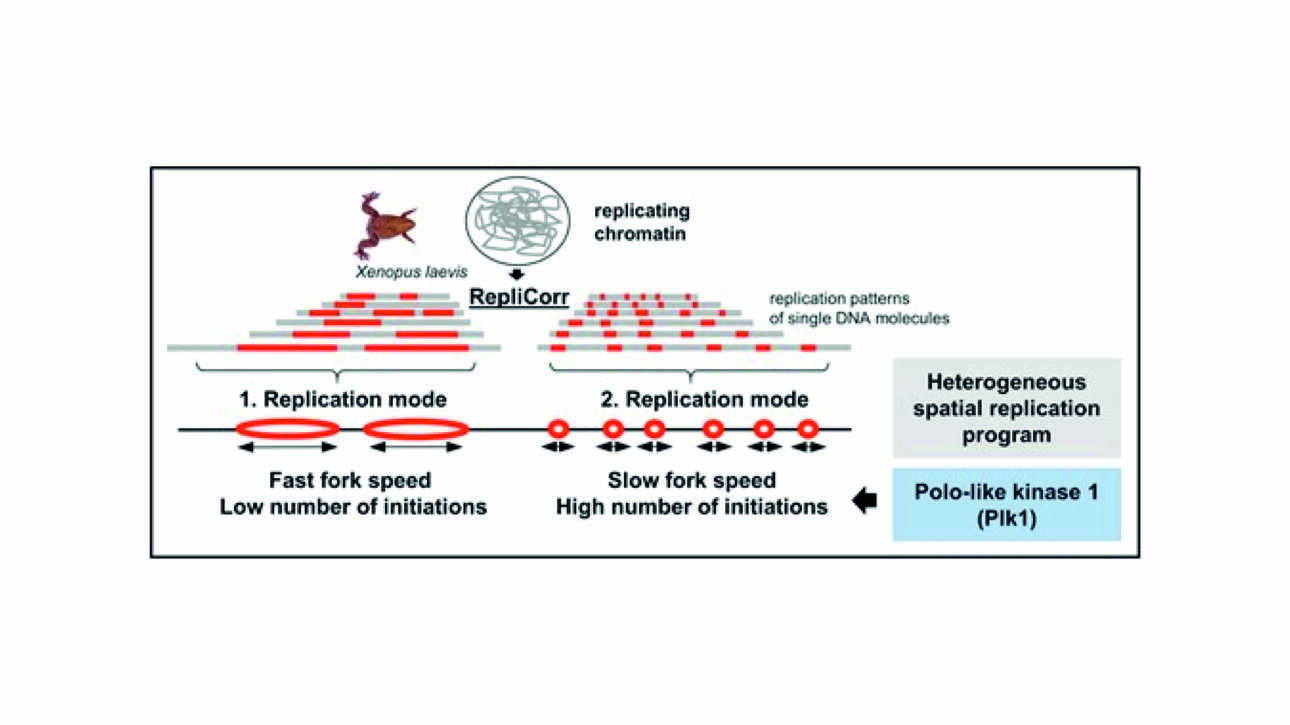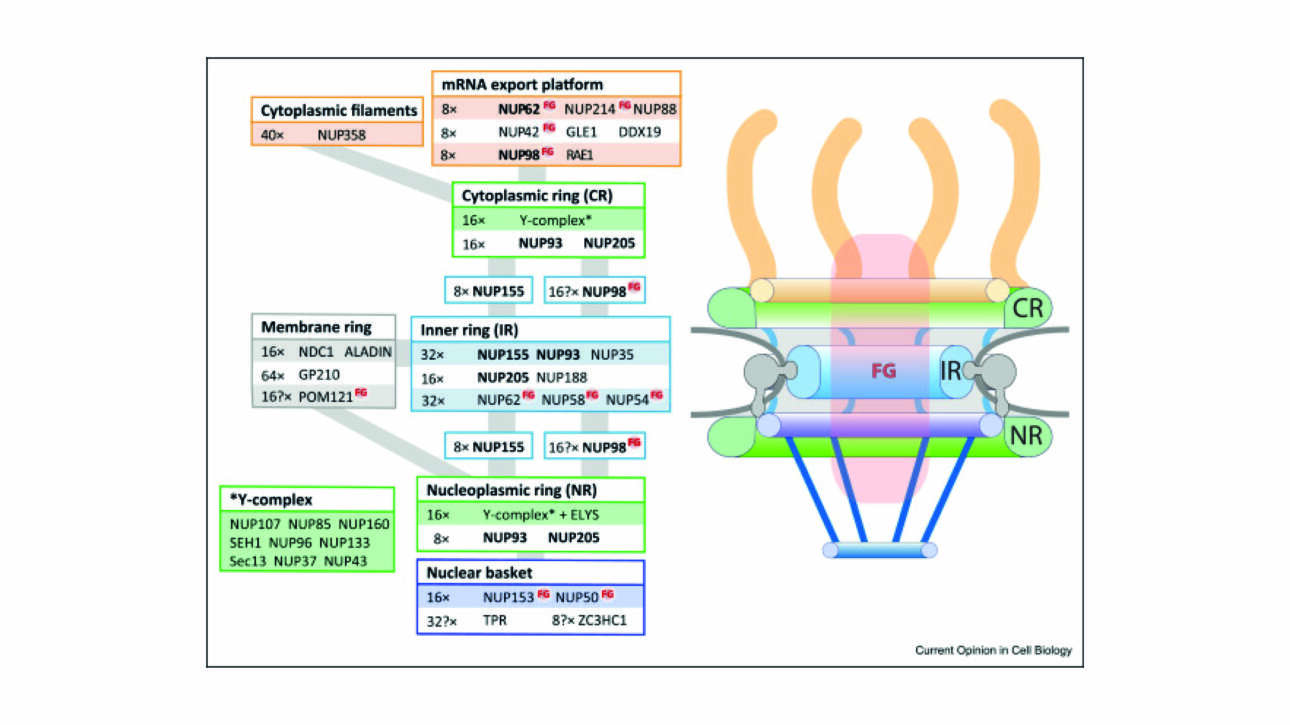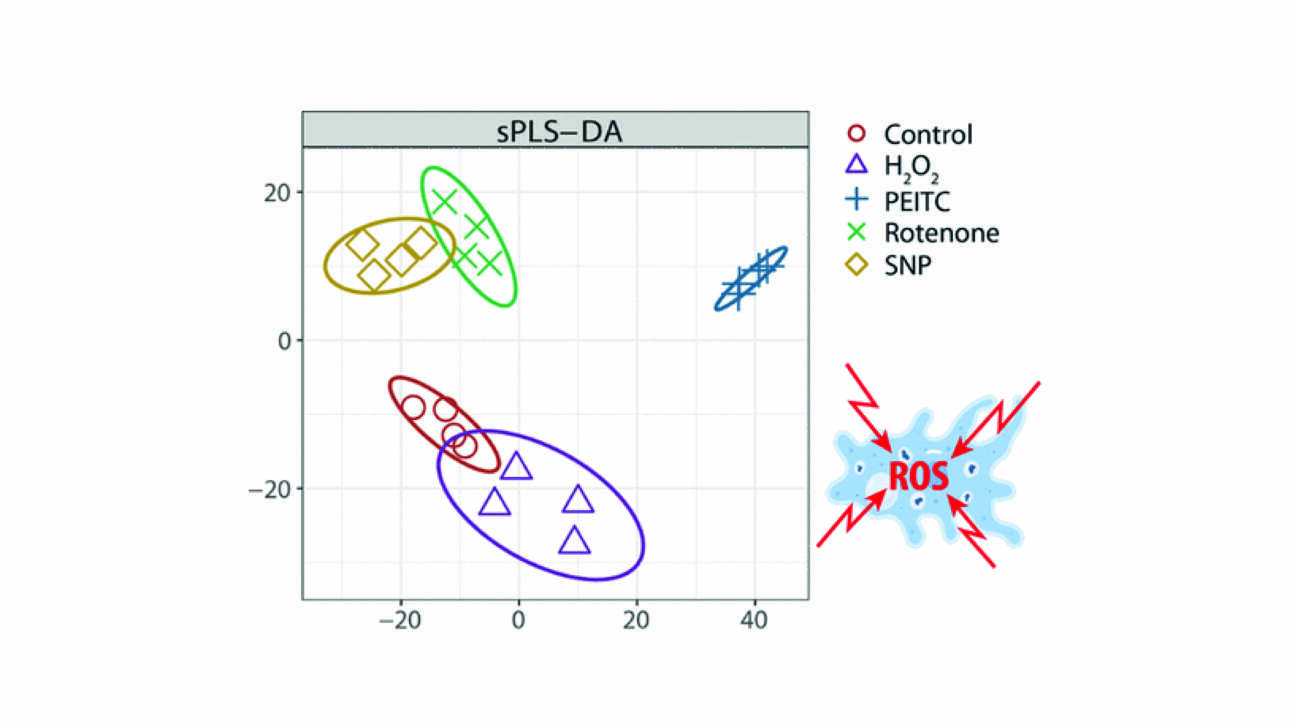L'équipe Wassmann a publié un nouveau preprint :
Elimination of separase inhibition reveals absence of cohesin protection in oocyte metaphase II
Résumé :
The meiotic segregation pattern to generate haploid gametes is mediated by step-wise cohesion removal by separase, first from chromosome arms in meiosis I, and then from the centromere region in meiosis II. In mammalian…
